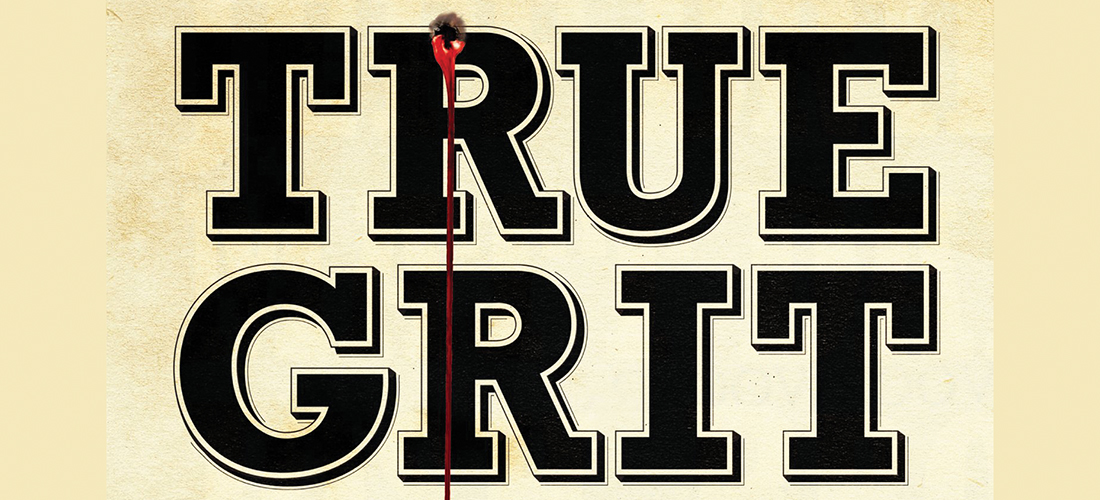A delicious spirit in search of a local shelf life
By Tony Cross
In previous columns, I’ve been subtle here and there with my jabs at our local ABC stores. Yes, it’s hard to get certain artisan spirits and liqueurs; yes, it’s unfortunate that other ABC stores in surrounding counties have great selections that we (somehow) aren’t privy to; and yes, it’s really annoying that if I want to grab a bottle of Luxardo Maraschino Liqueur, I’ll need to buy six to 12 bottles as a minimum order. This month I’m going to go deep. I originally planned on just showcasing a local distillery that makes phenomenal gin. However, after chatting with the owners/distillers about why I never see them in my Southern Pines ABC store, I decided to intertwine the two.
I first became familiar with Durham Distillery’s Conniption gin during the first quarter of last year. What struck me at first was how balanced the botanicals were with the citrus. In short, a fantastic gin for sure, but what really amazed me was how this was produced 75 minutes away from the Sandhills. This might not be a big deal to some, but lately there have been some great distillers popping up in our vicinity. I used the Conniption gin for lots of specialty drinks last year. Everyone loved the gin, and many were surprised to hear of its origin. I was so busy with work that I never got a chance to meet Lee and Melissa Katrincic, take a tour of their distillery to see how they operate, and chat about their gin and liqueurs (they also make Damn Fine Chocolate, Coffee and Mocha Liqueurs). I finally made it up there in March, and we had a lot to talk about.
Out of the 100 counties in North Carolina, Moore County ranks ninth for gin sales. Pretty good. I’d think that a local gin distiller would have an easy time getting into one of our ABCs, but that’s not the case. “Not many consumers know this, but in North Carolina, we need to talk to one person (the ABC general manager) in every North Carolina county to ask them if they will carry our products (and they can say no). In Virginia, which is also a control state, if they accept your products you can automatically be in every ABC store statewide if you wish,” Lee says. “It is an uphill battle in North Carolina because we cannot just pitch our products to someone else down the street. If Food Lion did not want to carry my product, I could go to Harris Teeter, for example. We met with Moore County to present our products but they will not carry our gins.” Though they are not on local shelves, I was able to order Conniption through Nature’s Own. It was a six bottle minimum order.
OK, so we have two scientists (I didn’t mention that both Melissa and Lee are freaking scientists and Lee still works as one when he’s not crafting gin) who live an hour away, and make delicious gin. Our Moore County ABC outlet isn’t sold. But here’s a list of awards Melissa and Lee have won:
Durham Distillery’s awards include:
No. 2 Craft Gin Distillery in the U.S. (2016, 10 Best USA Today)
North Carolina Gin Distillery of the Year (2016, New York International Spirits Competition)
— North Carolina Distillery of the Year (2015, New York International Spirits Competition)
Their Conniption Gin has won:
— Gold Medal: 2016 The Fifty Best Gin competition
— Silver Medal: 2016 San Francisco Spirits Competition
— Silver Medal: 2016 New York International Spirits Competition
— Silver Medal of 89 Points: 2016 Tastings.com Beverage Testing Institute
— Silver Medal: 2016 American Craft Spirits Association
— Silver Medal: 2015 TheGinIsIn.com
— 89 Points: 2016 Wine Enthusiast magazine
— Bronze Medal: 2016 New York World Wine & Spirits Competition
Their Conniption Navy Strength Gin
has won:
— Best in Show Gin, Best in Show Unaged White Spirit and Double Gold Medal: 2016 New York World Wine & Spirits Competition
— Platinum Medal of 96 Points: 2016 Tastings.com Beverage Testing Institute
— Gold Medal: 2016 San Francisco Spirits Competition
— Gold Medal: 2016 The Fifty Best gin competition
— Silver Medal: 2015 New York International Spirits Competition
— Silver Medal: 2016 TheGinIsIn.com
— Bronze Medal: 2016 American Craft Spirits Association
That’s an impressive list, I think you’ll agree — I just wish our local distributors would get onboard with an outstanding hand-made spirit locals will love. Talk about “buying local!”
So, what are Lee and Melissa up to? Creating new products, of course. Cucumber vodka is the next big thing coming out of Durham Distillery. It’s going to be a hit; I’ve tried it and I can’t wait to get more of it. That thing’s good. “Many specialty vodkas on the market are artificially flavored, and the products that do use natural flavors typically use extracts,” Lee says. “What we are doing here is taking hand-selected fresh cucumbers and distilling them at room temperature in small 5-gallon batches in our vacuum still (rotary evaporator). This preserves the cucumber’s delicate flavor, producing a super clean and crisp vodka without applying heat. A large proportion of our Conniption American Dry gin has this cucumber vodka in it, so this was a natural next step for us.”
Maybe it will be in our Southern Pines ABC. I mean, it is a flavored vodka after all. PS
Tony Cross is a bartender who runs cocktail catering company Reverie Cocktails in Southern Pines. He can also recommend a vitamin supplement for the morning after at Nature’s Own.































